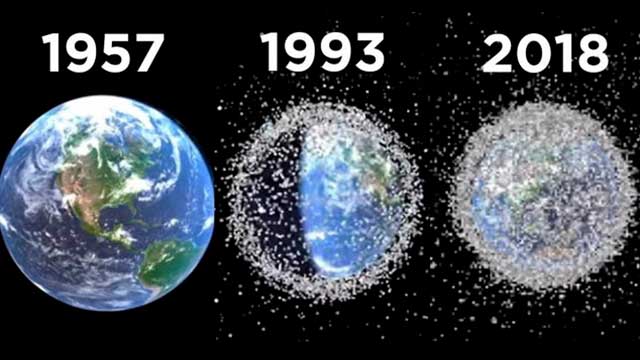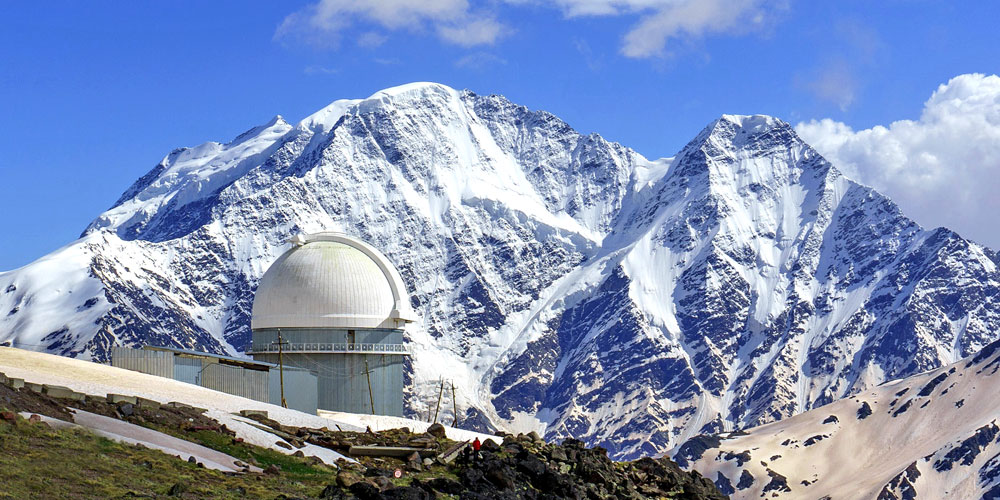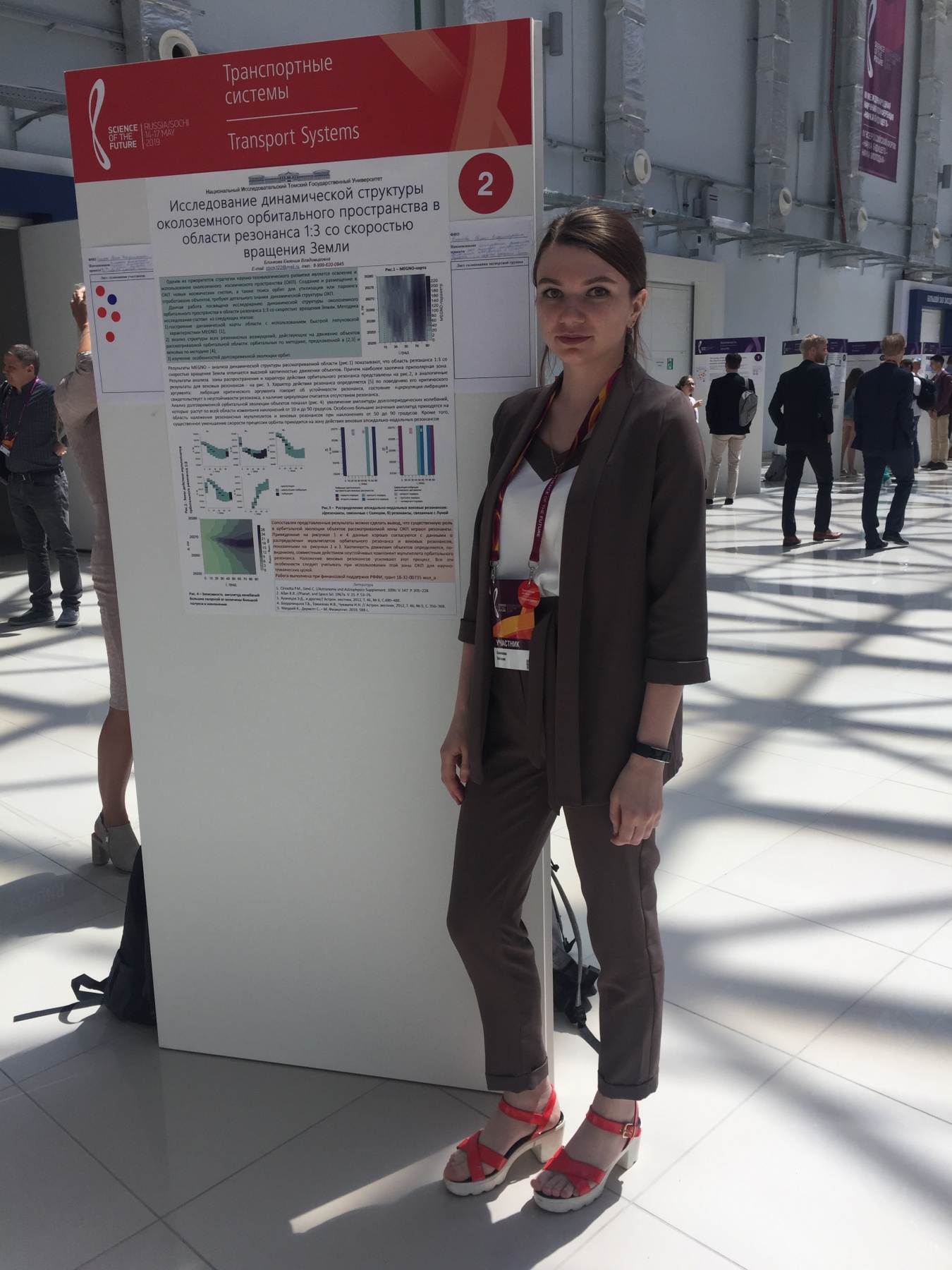TSU scientists do not limit their professional interest to what is happening on the surface of our planet. Space debris in near-earth orbit is invisible to the naked eye and so far attracts the attention of only those who are professionally involved in space exploration activity. At the moment, it does not threaten us with anything, but if we want to continue to “surf the expanses” of the Universe, this problem needs to be solved: defunct human-made objects are dangerous, first of all, by their unpredictable behavior.
In 2009, all the media announced the news of the crash of two satellites over the territory of Siberia. Objects flying at a speed of 36,000 km per hour met at an altitude of about 800 km. They shattered into thousands of debris that formed a cloud of 23,000 artificial fragments that has since been enveloping our planet. And these are only pieces large enough to be tracked from Earth. 
Most of the space debris is concentrated in near-Earth orbit, "neighboring" with the International Space Station and the NASA’s Earth Observing System. Despite the fact that debris fragments are usually located at a great distance from each other, the accidental hit of even a small piece can lead to significant accidents on active aircraft due to their high speed. Telescopes and satellites often get dents from the hit of debris. In 2006, a piece of debris ripped a chip out of the International Space Station’s panel.
Controlled spacecraft are regularly decommissioned. But instead of moving to a new orbit in a relatively safe space, the used equipment is simply thrown away as garbage so there is no need to waste expensive fuel on it. Although some of the debris will sooner or later lose altitude and burn up in the atmosphere, the remaining space junk will continue to collide, increasing the number of uncontrollable parts, not to  mention the appearance of new ones, as spacecraft are launched.
mention the appearance of new ones, as spacecraft are launched.
Certainly, it is necessary to develop projects aimed at cleaning the Earth's orbit from space debris. But along with this, it is important to develop algorithms that allow calculating the trajectory of uncontrolled objects. Thus, collisions with them will no longer be a hazard to spacecraft.
At TSU, this problem is solved by the researchers at the Laboratory of Computer Modeling and Machine Analysis of Astronomical Data of the Faculty of Physics. At the first stage, scientists studied model objects: they created digital "twins" of satellites and, placing them in calculated orbits, watched how they would behave if they became uncontrollable. The next stage of research will be carried out "in the field", namely, at  the Terskol Observatory on the southern shoulder of Elbrus. Real satellites will be monitored from there. After putting the information about their movement to a computer, a special program will process it and predict the movement after the spacecraft becomes uncontrollable. The ability to calculate the dynamics of the movement of unguided objects will be one of the key factors for the success of the launch of spacecraft in the near future.
the Terskol Observatory on the southern shoulder of Elbrus. Real satellites will be monitored from there. After putting the information about their movement to a computer, a special program will process it and predict the movement after the spacecraft becomes uncontrollable. The ability to calculate the dynamics of the movement of unguided objects will be one of the key factors for the success of the launch of spacecraft in the near future.
The editorial staff of the blog would like to thank Evgenia Blinkova, a researcher at the Laboratory of Computer Modeling and Machine Analysis of Astronomical Data of the Faculty of Physics, for collaboration.
Editorial Board
